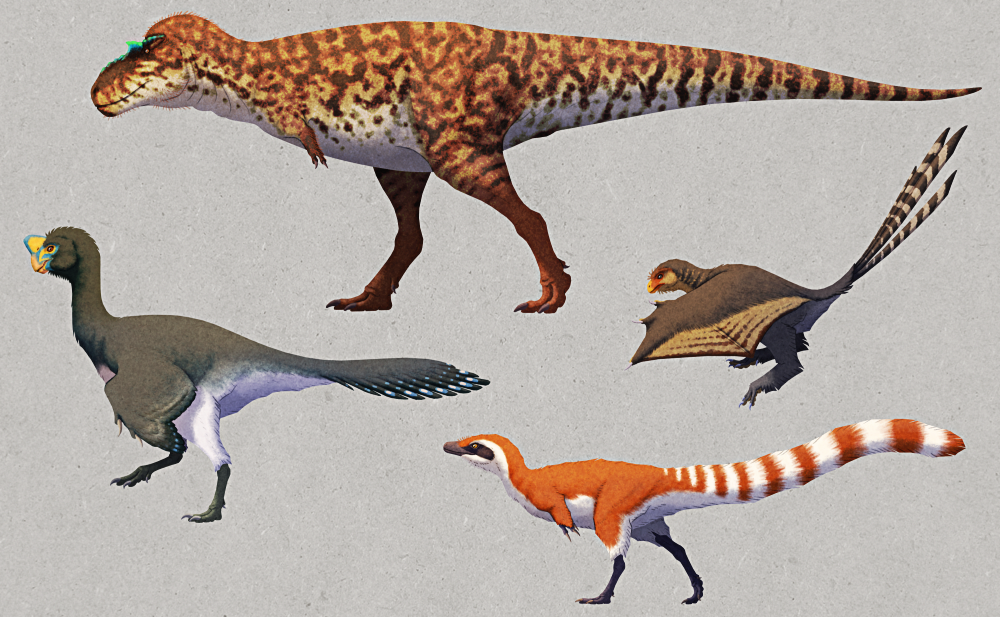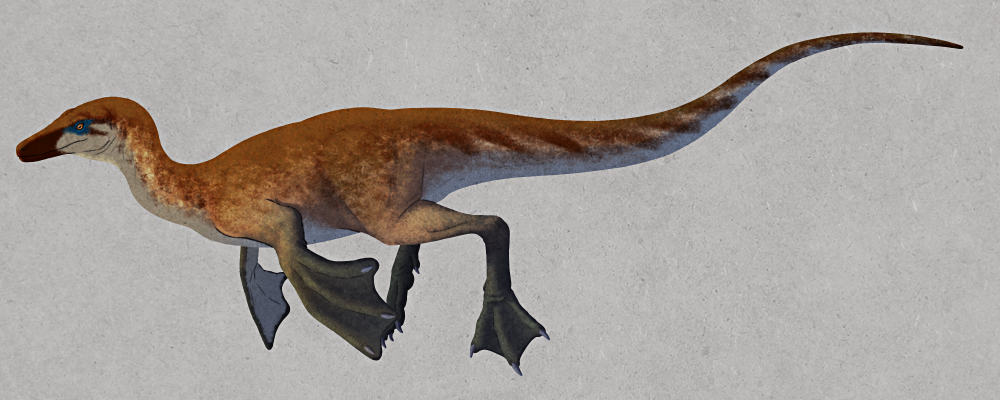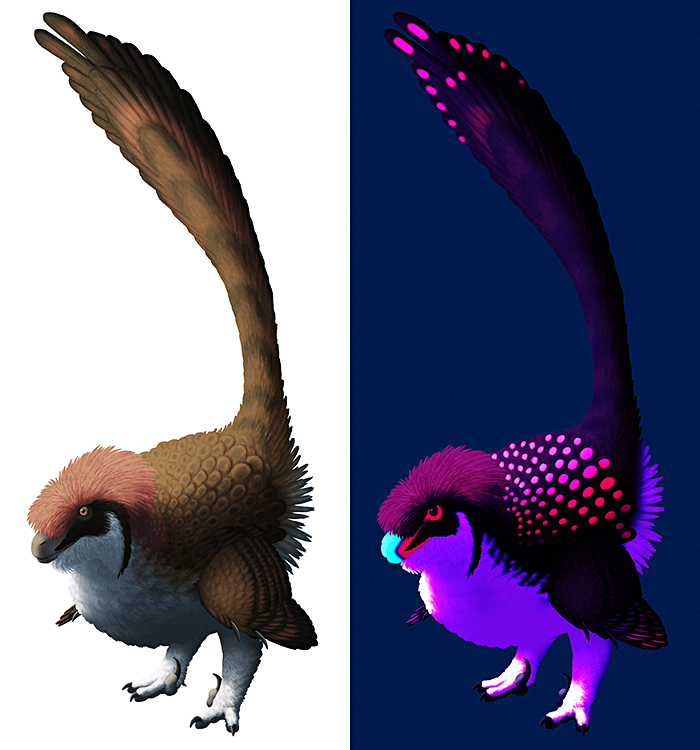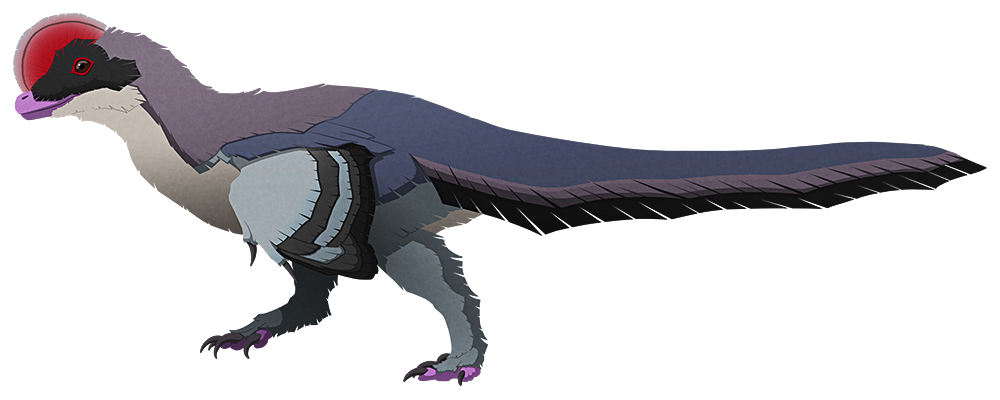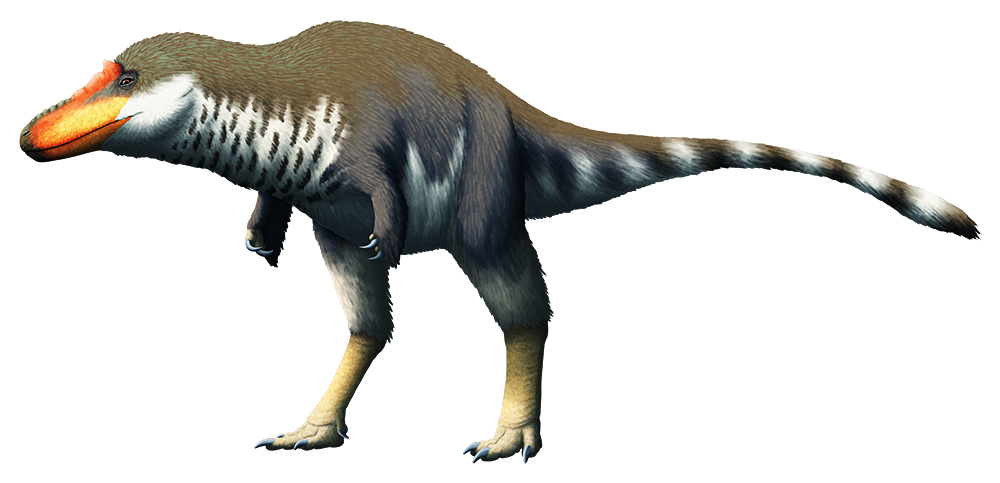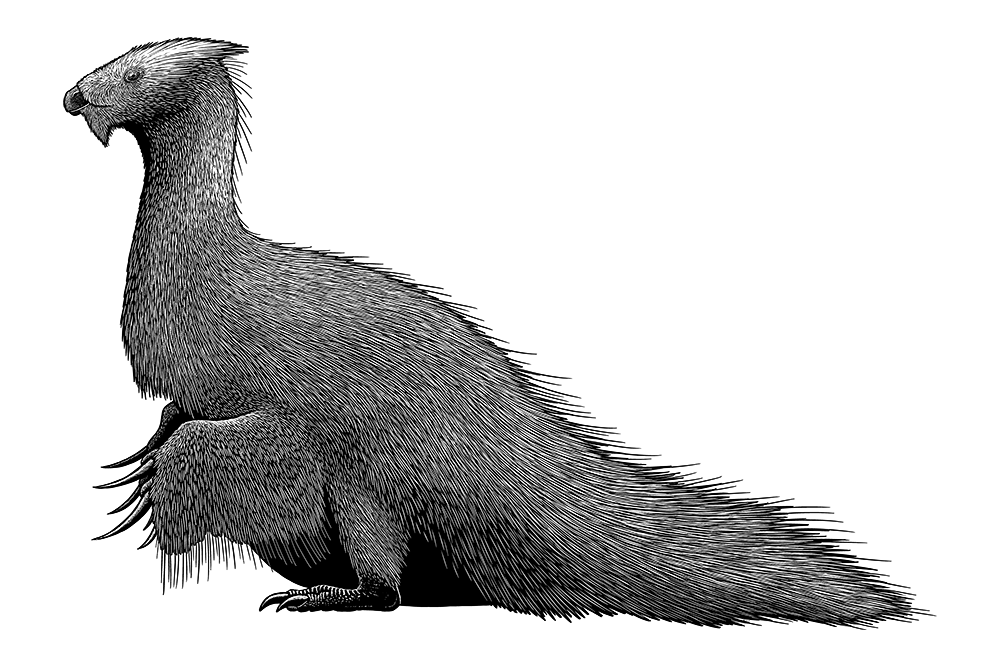The ostrich-like “bird-mimic” dinosaur Ornithomimus was named in 1890, based on some hand and foot bones from Late Cretaceous-aged fossil beds in Colorado, USA.
The first ornithomimid known to science, it was initially thought to be a ornithopod, but then a few years later more fossil material revealed it was actually a theropod – and then it spent some time classified as a “megalosaur” before ornithomimids were finally recognized as being coelurosaurs in the early 20th century.
And for nearly a century after its discovery it was treated as a wastebasket taxon for any similar-looking fossil material from North America and Asia, with around 17 different species named within the genus. One of these was split off into Struthiomimus in 1917, but it wasn’t until much later that the rest began to get sorted out.
A review of known Ornithomimus fossils in the early 1970s renamed a couple more species into the new genera Archaeornithomimus and Dromiceiomimus, and dismissed most of the remaining species as dubious or invalid. Just two valid species now remained: the original Ornithomimus velox from Colorado, and Ornithomimus edmontonicus from Alberta, Canada.
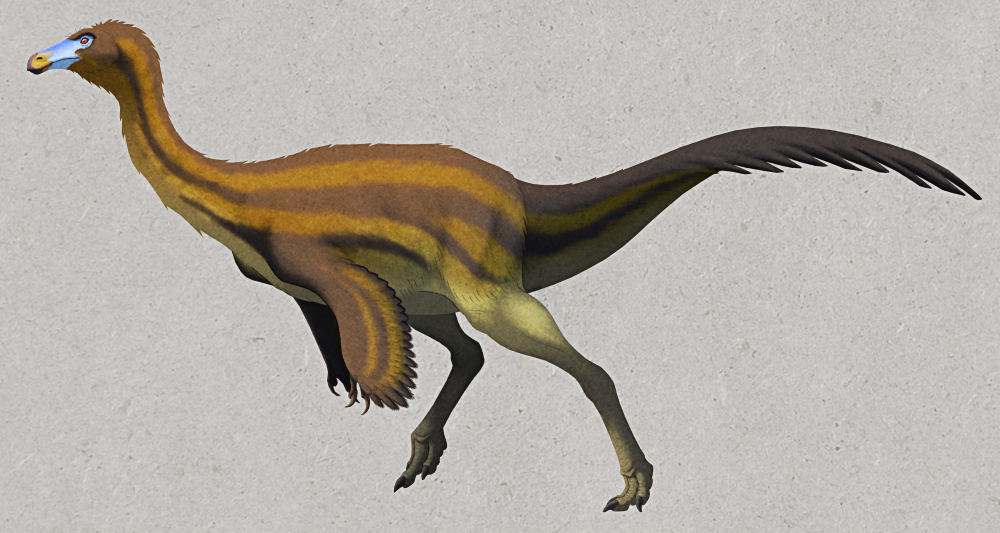
Since then opinions have gone back and forth about some of the other Ornithomimus species. For a while Dromiceiomimus was merged back into Ornithomimus, but more recently it’s been found to have distinct limb proportions and was probably actually a separate genus after all. Another species that’s usually considered to be part of Struthiomimus is also sometimes instead classified as an Ornithomimus instead.
Really all of the North American ornithomimids are in need of a modern taxonomic revision – especially since Ornithomimus edmontonicus shows enough anatomical variation that it might actually represent a species complex of multiple very similar forms, which might get split apart in the future if anyone can figure out how to reliably distinguish them.

